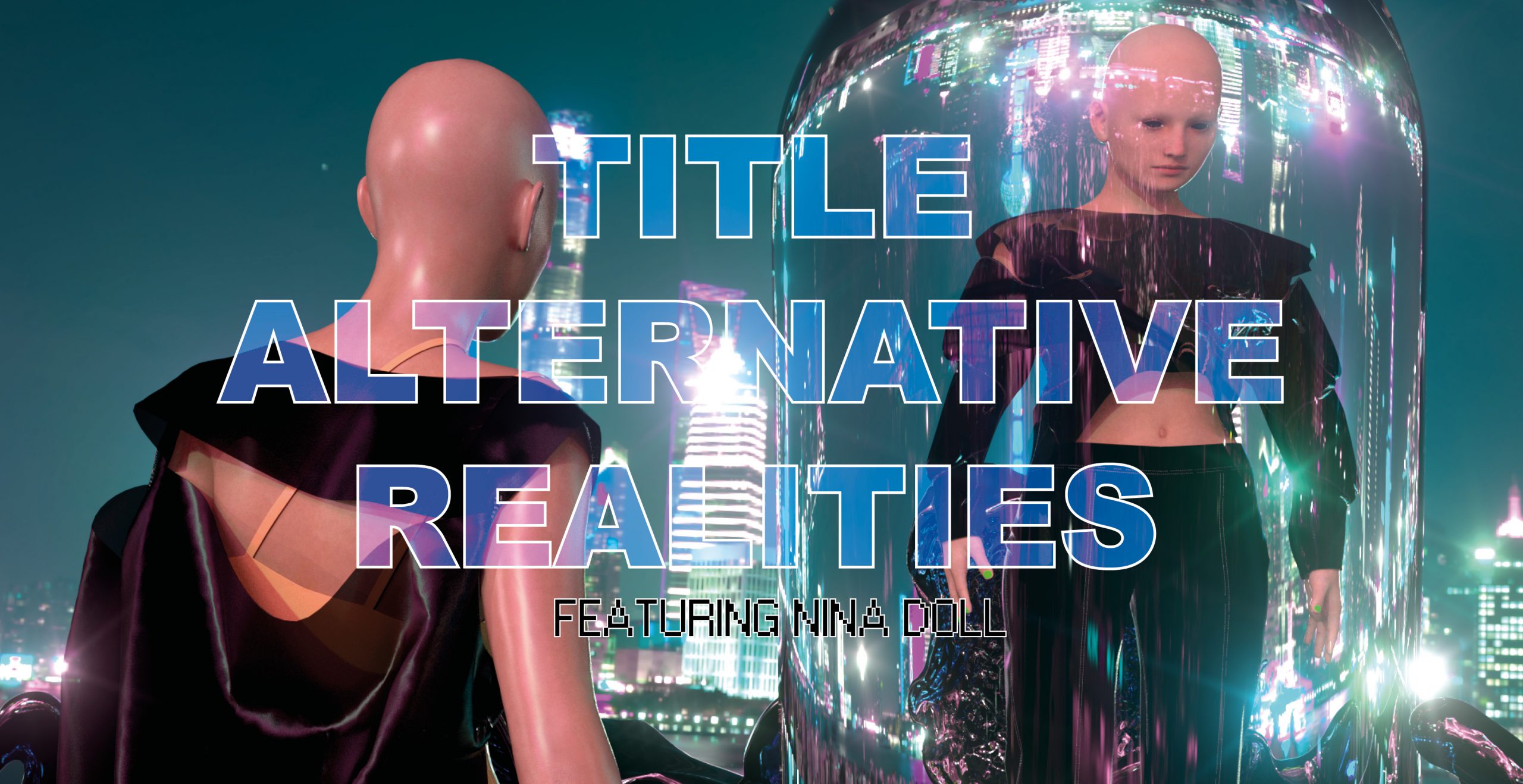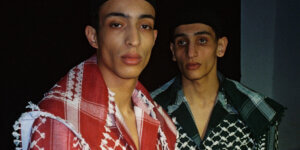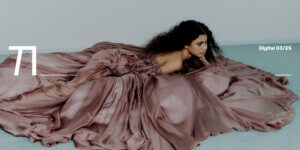The season of fashion weeks is over and ahead the fall and winter settle over the everyday shorter days. But as this season concludes for this year, until its return in January, a different way of appreciating fashion’s progress turns its head to more slow-paced events this month, away from the flashing lights and towards rather more meditative spaces — if one likes to think in that way of galleries and museums. Or better, as the curators behind these exhibitions like to say of these spaces, an opportunity for visitors to get a closer and more intimate view into these creatives’ lives and personal journeys.
If the last decade has poured on us fashion exhibitions like never before, this year steals the crown with the staging of some really epic exhibitions. But what we didn’t know at the beginning of the year, when it was announced with much hype the opening of exhibitions in memoir of couturiers Yves Saint Laurent, Coco Chanel, Alexander McQueen, Gianni Versace and Karl Lagerfeld, was that a wave full of fashion perspectives were about to take over the realm of the white cube, putting in the spotlight those who have been heralds of trends, framing the new and capturing the trajectory of the industry in turn.
If fashion houses have realised that their archives are the epitome of their long-lasting legacies — especially Dior and Gucci whose treasures have been touring around — fashion photographers have certainly been the ones who have paved the way for their legacies to endure the passage of time. And in that sense, are photographers here to capture an immaculate moment in history? And are they oracles rather than trendsetters? Perhaps those are the questions that underline the exhibitions dedicated to the work of fashion photographers which, more importantly, I think, reflect on the values they convey in an image at a certain point in time, and the way those values change and are reinterpreted over time.
That brings me to one of the most discussed photographers in recent years — Helmut Newton, whose work is continuously exhibited through the lenses of different curatorial approaches by the Helmut Newton Foundation in their space at the Museum for Fotografie in Berlin. Looking at the work of the German-Australian photographer, two questions at the end of the same pole arise: was Newton a misogynist or a feminist? A reinforcer of the patriarchal order or a visionary? And addressing more essential questions, why is his work relevant today?
In one word, Newton’s photography was provocative, and while his images more often than not sexualise women, he also portrays them with strength and power, virtues that were far from being associated with womanhood. Besides the constant rotation of his work in Berlin, the Helmut Newton Foundation is bringing a major retrospective to Coruña, Spain in November. The exhibition Helmut Newton — Fact & Fiction, at the Marta Ortega Pérez Foundation, is set to unveil the way Newton pushed the boundaries of fashion photography and which aesthetics of glamour and sensuality continue to inform today’s photography.
For a contemporary look into how photography imbues with meaning the world of fashion and defines our perception of designers and trends, Foam — the photography museum in Amsterdam — celebrates the work of Dutch photographer Carlijn Jacobs with the Sleeping Beauty exhibition opening on Friday. Jacobs, now 32 years old, presents quirky and alienating images, as if fashion was an invitation into a world of infinite possibilities.
“I am fascinated by the idea of the mask. You hide behind something and can become someone else. The whole fashion world is actually a form of escapism: you create a new persona,” said Jacobs, who is more interested in generating images of surrealism rather than achieving perfection, perhaps an omen that with the increase of AI and other digital technologies, fashion aesthetics will rely every time more on fantastical characters and untouchable worlds.
*Header image ©Carlijn Jacobs




























